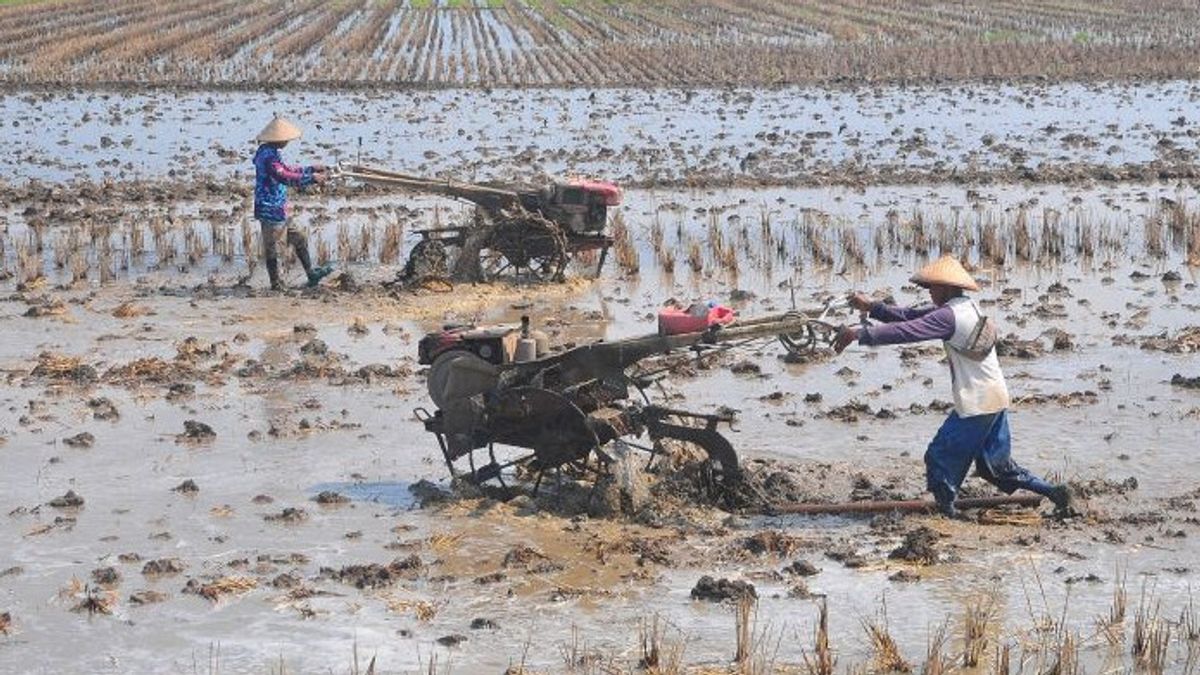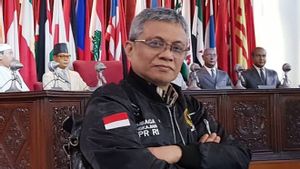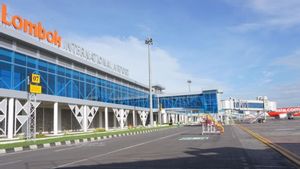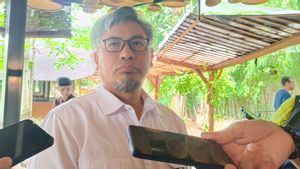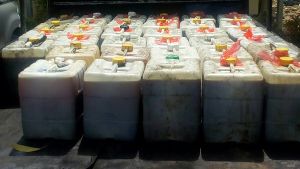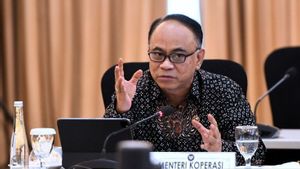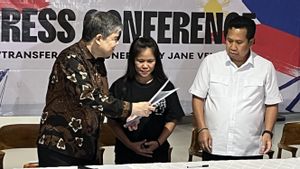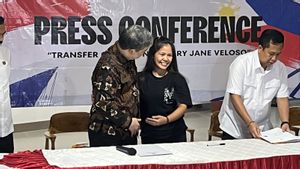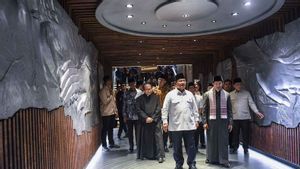JAKARTA - Agricultural observer from the Indonesian Political Economy Association (AEPI) Khudori said that the next government must be able to control the conversion of agricultural land into non-agricultural land if it wants to achieve food self-sufficiency.
Khudori said the government must strengthen regulations that protect rice fields from conversion.
"Mr. Prabowo can or must not maintain this rice field. How can the regulations that protect agricultural land from being converted, return it," said Khudori, quoted from Antara, Wednesday, October 16.
Khudori said that so far Indonesia has had two laws that explicitly regulate the protection of agricultural land, namely Law Number 41 of 2009 concerning the Protection of Sustainable Food Crop Land and Law Number 22 of 2019 concerning the Sustainable Agricultural Cultivation System.
These two laws, he said, explicitly limit the conversion of agricultural land, especially rice fields equipped with irrigation.
However, Khudori said again, with the Job Creation Law, several regulations that protect agricultural land are considered to have been relaxed. This is feared to accelerate further the rate of conversion of agricultural land to non-agricultural land.
"Conversion is allowed, but with very, very difficult conditions. If violated, the sanctions are severe," he said.
Khudori said that the protection of agricultural land for food must be carried out, considering that national rice production has tended to decline in the last five years.
In addition to crop failure due to pest and disease attacks and natural disasters due to climate change including the El Nino phenomenon, the decline in rice production is also due to the decreasing amount of agricultural land for food, especially food.
According to data from the Central Statistics Agency (BPS), national rice production fell from 31.42 million tons in 2018 to 31.31 million tons in 2019.
Rice production in 2020, which reached 31.36 million tons, fell again to 31.33 million tons in 2021. Although it rose to 31.54 million tons in 2022, Indonesia's rice production in 2023 fell again to 31.10 million tons.
Referring to data from the Ministry of Agriculture in 2020, during a five-year period (2015-2019), there was a reduction in the area of agricultural rice fields from 8.09 million hectares in 2015 to 7.46 hectares in 2019.
Meanwhile, according to the Ministry of Agrarian Affairs and Spatial Planning/National Land Agency in 2022, the average conversion of rice fields to non-rice fields in Indonesia reached 100,000 to 150,000 hectares per year.
Food self-sufficiency is one of the missions in the Asta Cita program of President and Vice President-elect Prabowo Subianto and Gibran Rakabuming Raka.
BACA JUGA:
Several work programs that will be carried out to achieve food self-sufficiency, including implementing the Agrarian Reform agenda to improve the welfare of farmers in a broad sense, while supporting increased production in the agriculture, plantation, forestry, livestock, fisheries, and marine sectors.
Then, revitalize and develop most of the damaged and unused forests into land for aren, cassava, sweet potato, sago, sorghum, coconut, and other bioethanol raw materials with an intercropping system, to support the achievement of national energy sovereignty and create millions of new jobs.
In addition, to increase agricultural productivity by improving supporting infrastructure for people's agriculture, integrated food technology, agricultural mechanization, digital innovation (digital farming), and improving governance of the agricultural value chain.
The English, Chinese, Japanese, Arabic, and French versions are automatically generated by the AI. So there may still be inaccuracies in translating, please always see Indonesian as our main language. (system supported by DigitalSiber.id)
